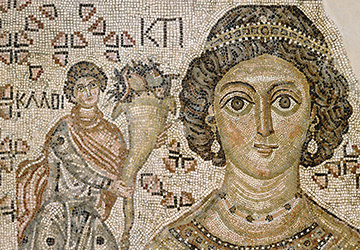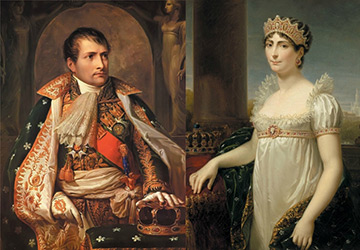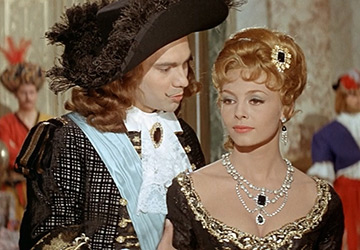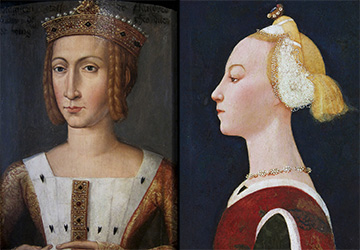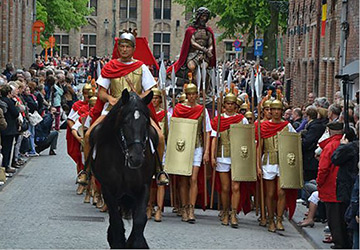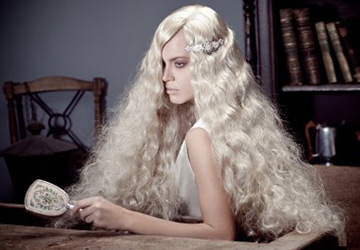Fashion history
Male and female hairstyles of Assyria and Babylon
Historical reference
Both Assyria and Babylon were located on the territory of the Northern Mesopotamia. Today it is the territory of the state of Iraq.
Assyria is a state that existed from the 24th century BC. NS. and until the 7th century BC. NS. (about 609 BC). It was in the 7th century BC. Assyria finally fell under the onslaught of Babylon and Media. Period from 750 BC to 620 BC NS. considered the heyday of the Assyrian Empire. By the way, according to historians, Assyria was the first empire in the history of mankind.
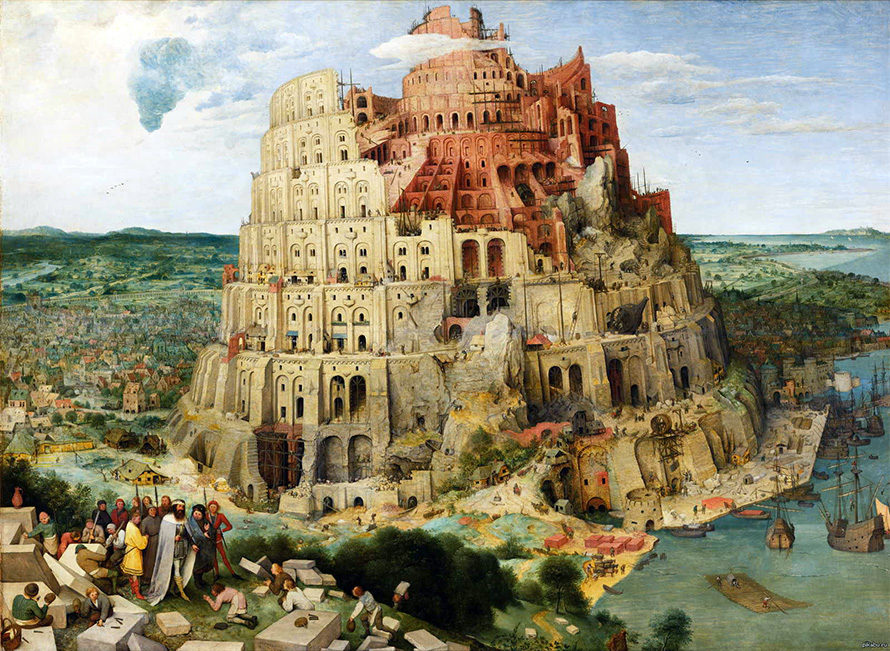
Pieter Bruegel the Elder. "Construction of the Tower of Babel", 1563
Babylon in the II-I millennium BC NS. was the capital of the Babylonian kingdom. The city itself has been known since the time of the Sumerians (the Sumerians are the first and very mysterious people who lived in the valley of the Tigris and Euphrates rivers). In Sumerian times, Babylon was most likely called Kadingirra. But Babylon, the first metropolitan city, is best known for the biblical story of the Tower of Babel.
Everyone knows this story - people decided to build a tower, the tallest in the world, in order to get to heaven. And thus, they angered God with their pride, and God divided people, giving them different languages. By the way, there were actually towers in Babylon, and not just one, because the most favorite form of architecture in Mesopotamia is the tower. And even the headdresses of the Babylonians and Assyrians were similar in shape to miniature turrets.
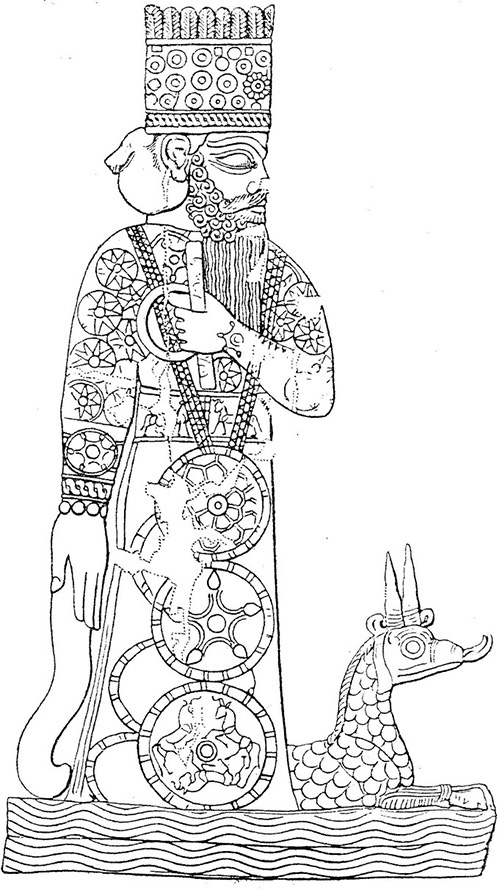
Marduk - the supreme god of Mesopotamia, the patron god of the city of Babylon
The ideal of beauty
Both Assyria and Babylon were completely militarized states aimed at capturing territories. Therefore, the main idea of male beauty was that men should first of all be good warriors - that is, have "pumped-up" muscles, one look of which should have inspired the idea of an inexorable and all-crushing force.
It was in this way, pumped up and warlike, that the Babylonians and Assyrians portrayed their gods and heroes. By the way, the images themselves, mostly reliefs, have survived very little. So it is extremely difficult to judge the clothes and hairstyles of the Assyrians and Babylonians. At the same time, much more male images have survived than female ones. Men on such reliefs were depicted mainly during battle, hunting, or at feasts.
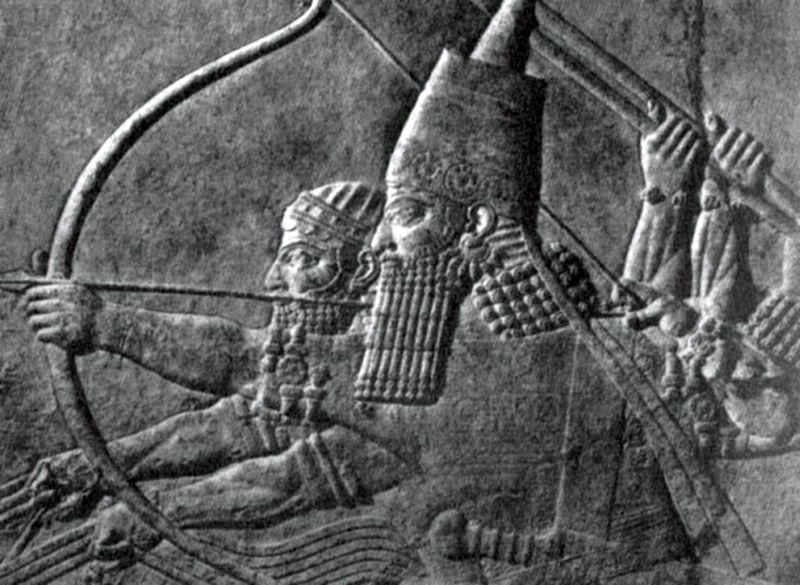
Bas-relief "Lion Hunt". Nineveh, Ashurbanipal's palace, VII century BC NS.
Outwardly, the Assyrians and Babylonians were swarthy and stocky people with wavy or curly black hair and large facial features.
Mens hairstyles
The noble wore her shoulder-length hair loose, combed back. At the same time, the ears remained open. An obligatory element of hairstyles, both for men and women, was a perm. The hair of men curled in flat large waves, which were located in several rows. Hair near the temples could curl in ring-shaped curls.
Sometimes, instead of hairstyles with loose hair, men wore hairstyles in which the hair from the back was gathered in a ponytail with colored ribbons or chopped off with hairpins. But as before, a perm remained an indispensable attribute of a hairstyle.
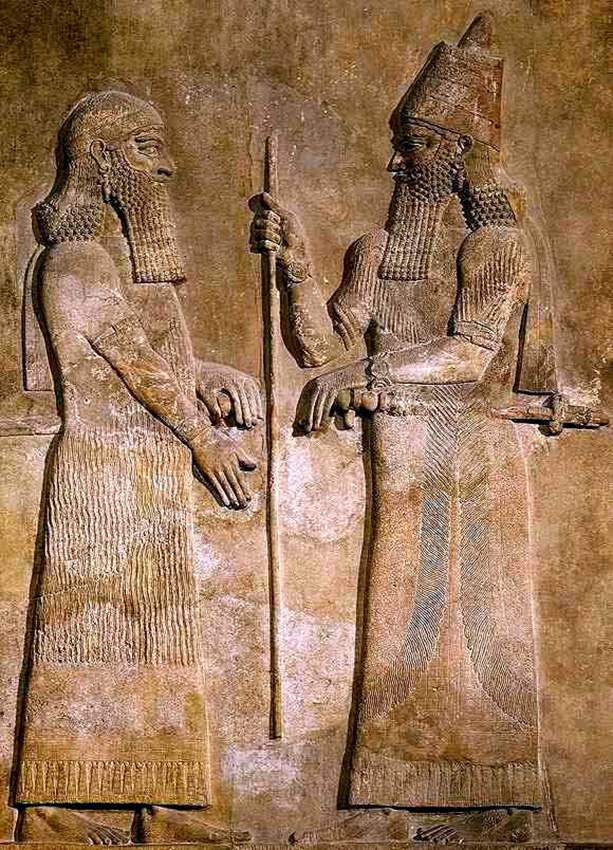
Sargon II along with a high-ranking official
Khorsabad, Palace of Sargon II (Louvre)
Neo-Assyrian period, reign of Sargon II (721-705 BC)
The king and his entourage differed from ordinary mortals with their beards. So, the Babylonian kings wore big beards rectangular, curled into tubular curls, which, in turn, as in hairstyles, were laid in even rows. Since the beards were very long, in addition to their own hair, they also used artificial curls - animal hair (buffaloes, camels, goats).
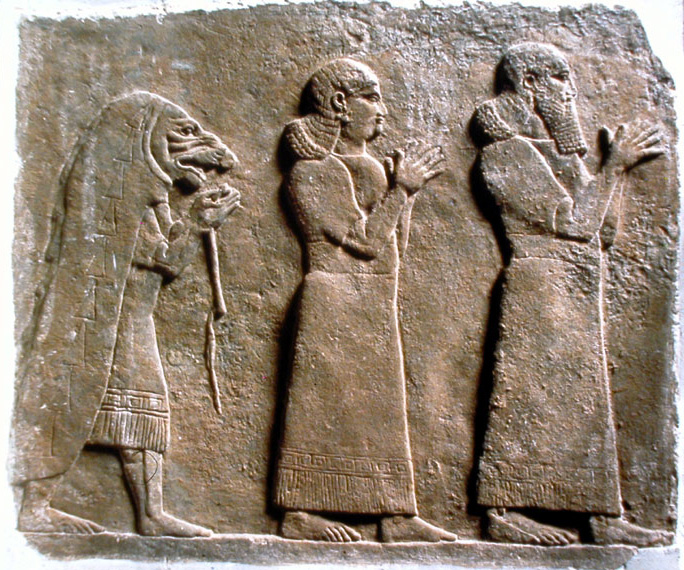
The king accepts the signs of reverence. Assyrian relief from Nimrud, detail. VII century BC NS.
The priests did not wear beards at all - they walked with clean-shaven faces. The heads of the priests were shaved baldly. In addition to the priests, slaves could shave off all their hair, but only if they were freed. Thus, shaving hair was considered a sign of cleansing by both priests and slaves. Babylonian barbers, on pain of death, were forbidden to shave the hair off the heads of slaves who were not freed by the master, because this hairstyle would indicate that the slave is now free.
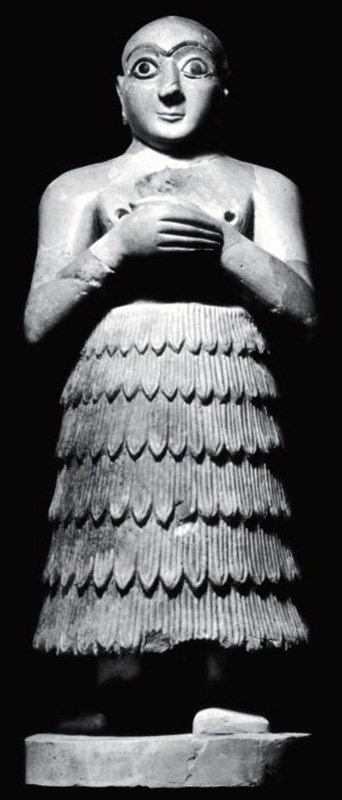
Stone statuette of a pilgrim. Lagash. III millennium BC NS.
The warriors wore small pointed beards, and the peasants wore beards and mustaches made from their own hair. At the same time, the hairstyles of the peasants and townspeople were very similar to the hairstyles of the nobility - the same long hair, curled and laid in symmetrical rows, but still without the addition of artificial strands, and therefore much shorter, unlike noble people.
The Babylonians and Assyrians also wore various headdresses, mostly similar to caps. The warriors wore helmets, and the kings wore a headdress called tiara-kidaris. The tiara-kidaris is a cone-shaped headdress with a turret on the crown, decorated with fringed ribbons at the back. Kidaris means white thin felt, the very material from which the headdress was made.
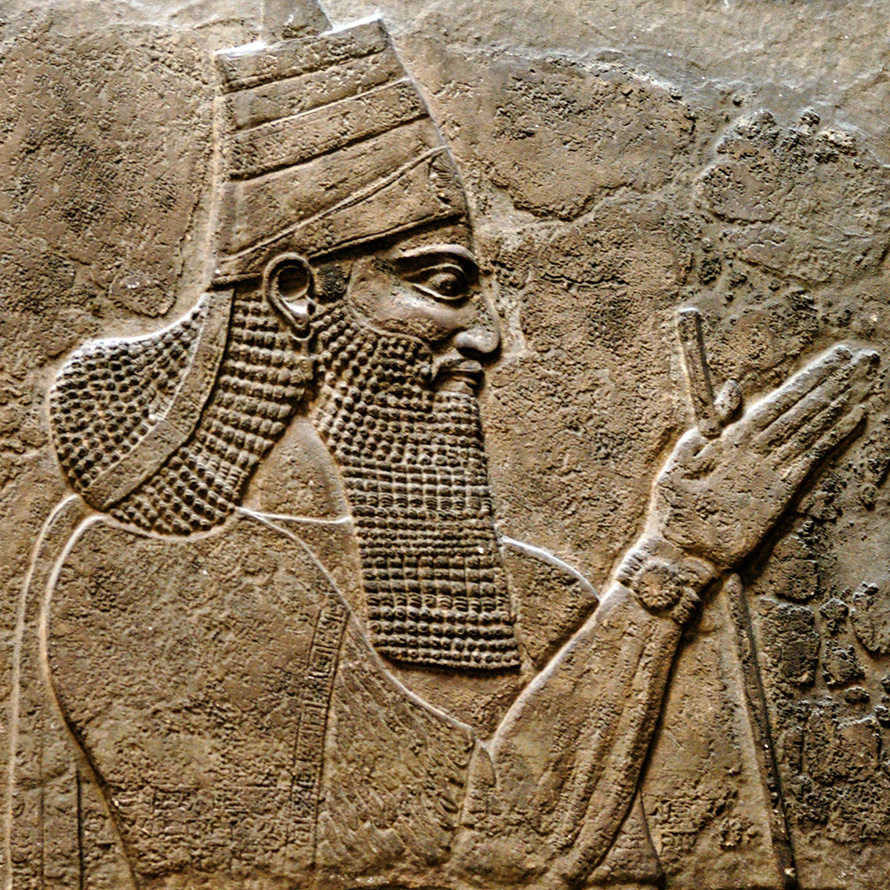
Tukultiapal-Esharra (Tiglathpalasar) III, king of Assyria (Mesopotamia), in 745-727. BC. King of Babylonia 729-727 BC.
The tiara-kidaris headdress is visible here
Hairstyles for women
Women's hairstyles of the inhabitants of Babylon and Assyria in their form differed little from men's hairstyles. They also wore loose hair, parted in a straight part and always with finely curled strands laid in even rows.
Sometimes women could wear wigs, most likely following Egyptian fashion.
Ordinary women - peasant and city dwellers - wore their hair down to their shoulders or hair tied in buns.
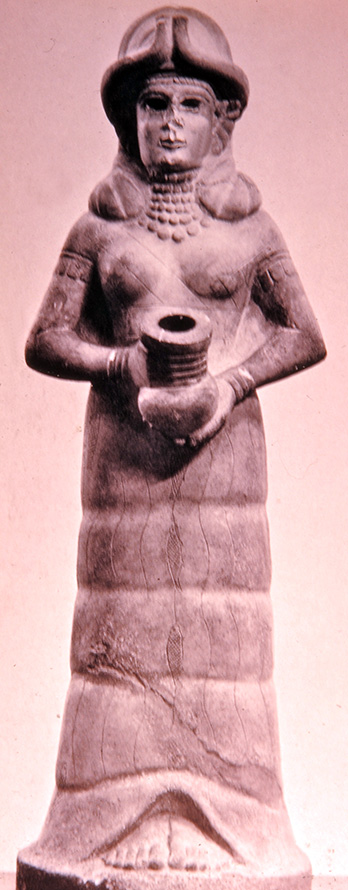
Statue of the goddess Ishtar (Inanna). XVIII century BC NS.
Babylonian hairstyle
Babylonians wore a special hairstyle. It looked like this - the hair was parted in a straight part, there were voluminous dense rolls of hair in the form of hemispheres above the ears, on the crown there was a small cap decorated with beads and jewels, to which stems of plants, flowers or bird feathers were attached from above.
Women wore ribbons as adornments for their hairstyles. Veils were also worn.
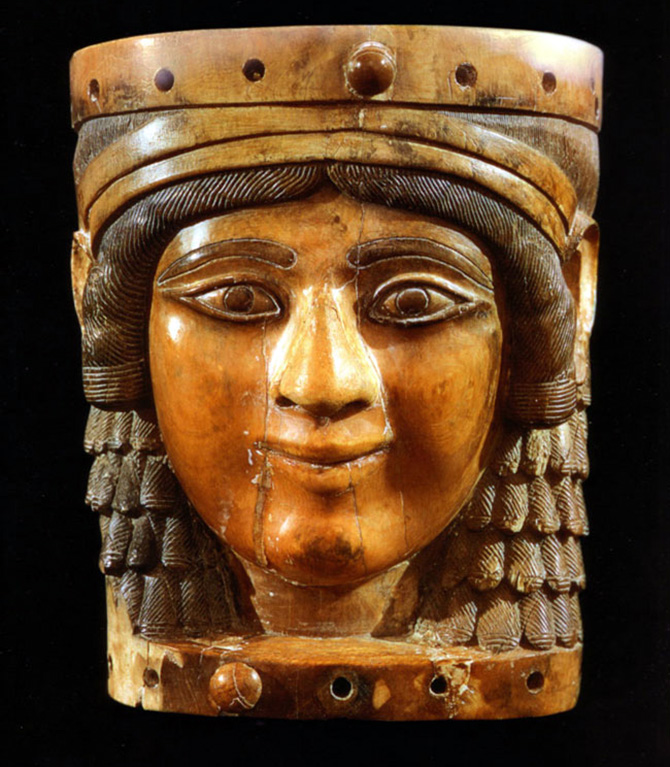
Mona Lisa from Nimrud. Ivory. 720 BC NS.
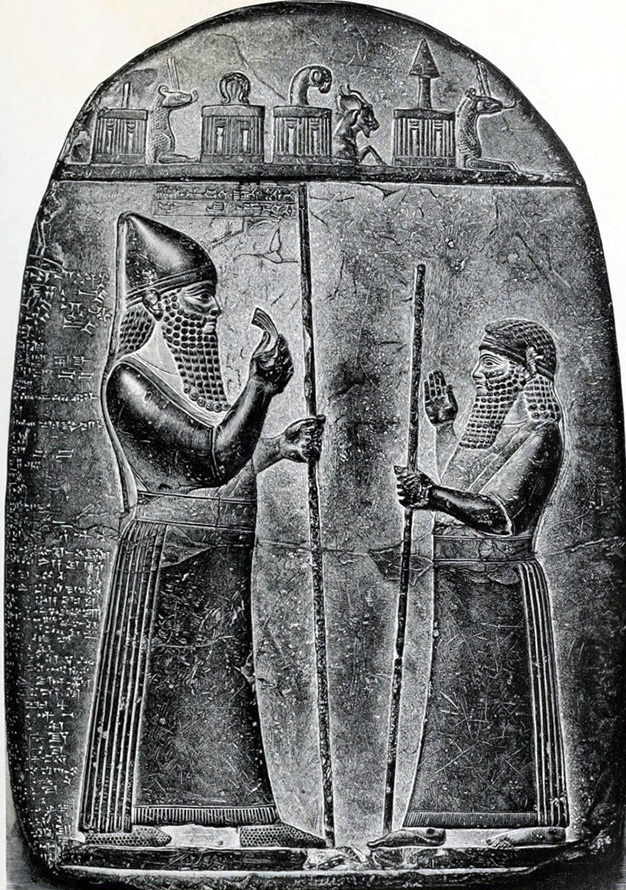
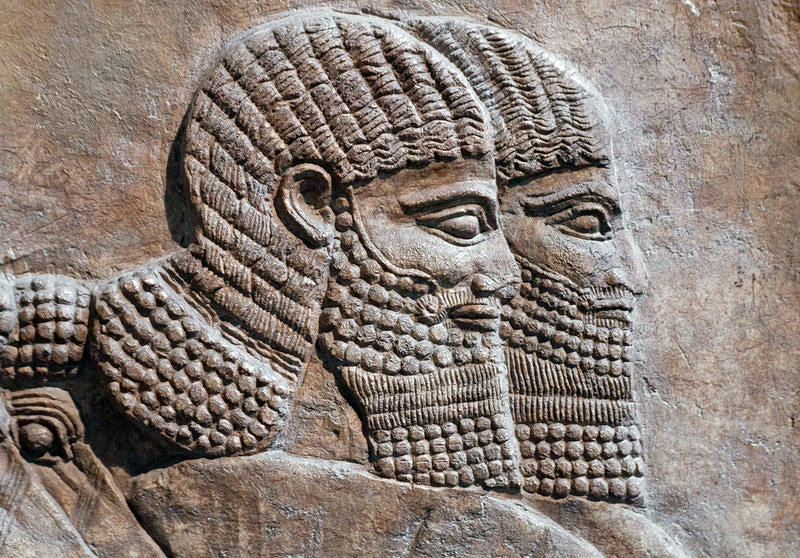
Hairstyles of Assyria and Babylon
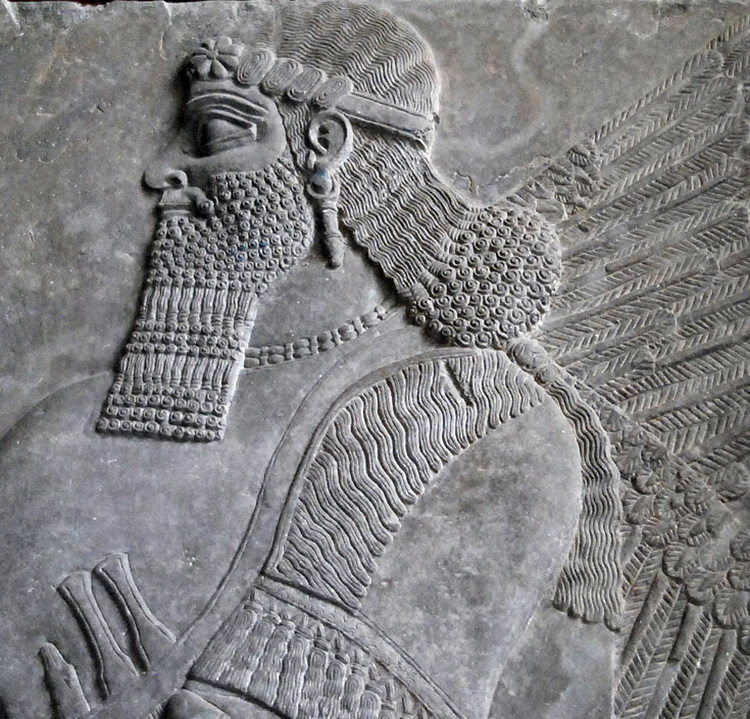
Comments and Reviews
Add a comment
Similar materials
Rating news
Shades of clothing that make women look younger
What shades of hair make women younger: rules and photos
Funny wedding dresses - photos and ideas
12 most expensive down jackets for the winter
How to look 25 at 40: tips from supermodels
Beautiful schoolgirls
Anti-aging haircuts and hairstyles for women
Fashionable skirts for autumn and winter
Fashionable women's trousers for the cold season
Fashionable and stylish sandals for summer 2024
Spring-summer 2024
 Fashionable dresses and tops with thin spaghetti straps
Fashionable dresses and tops with thin spaghetti straps
 Bandana tops: how to wear stylishly and beautifully
Bandana tops: how to wear stylishly and beautifully
 How to put together the perfect men's wardrobe for the summer
How to put together the perfect men's wardrobe for the summer
 Trendy shorts for spring-summer 2024
Trendy shorts for spring-summer 2024
 Fashionable skirts for spring-summer 2024: a guide to online shopping
Fashionable skirts for spring-summer 2024: a guide to online shopping
 The most fashionable dresses spring-summer 2024: styles and colors
The most fashionable dresses spring-summer 2024: styles and colors
 Fashionable total look 2024: image ideas and trends
Fashionable total look 2024: image ideas and trends
